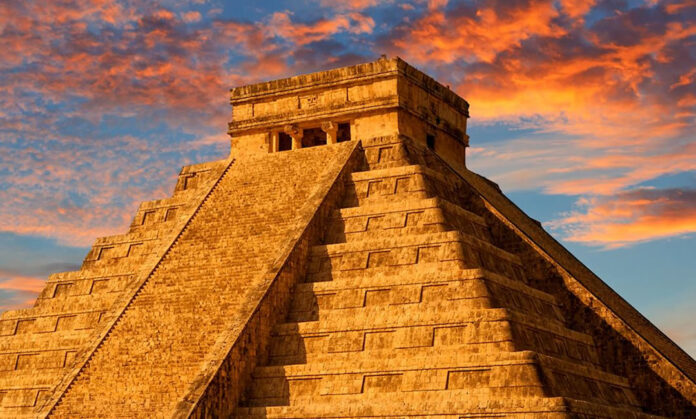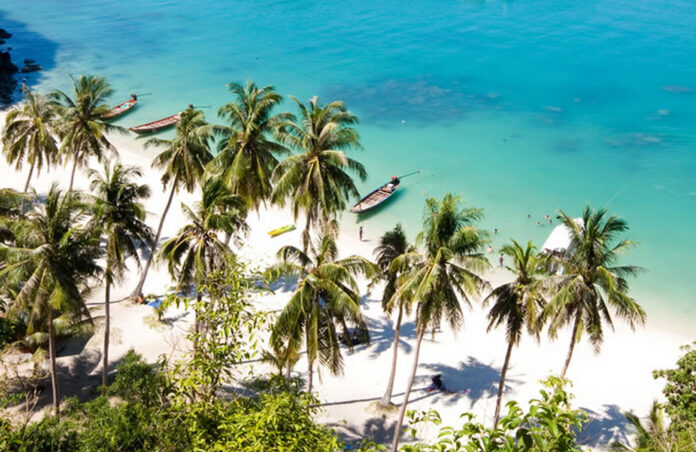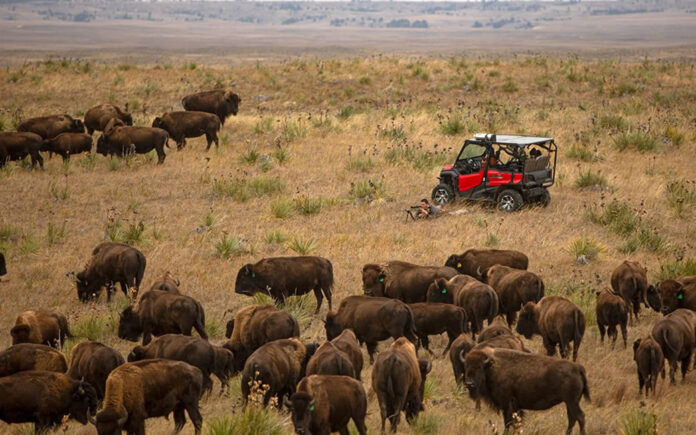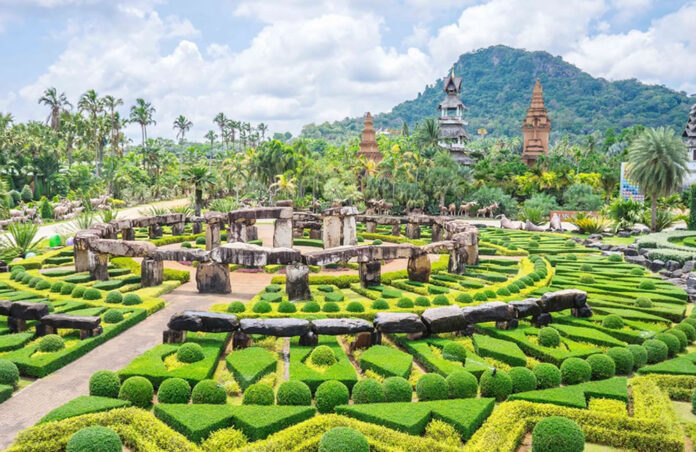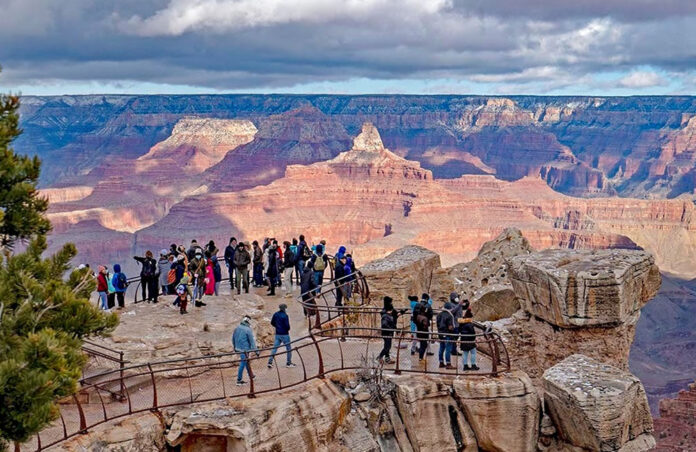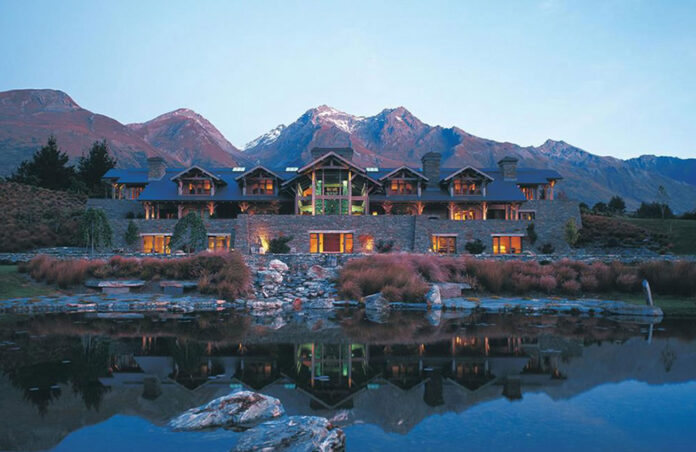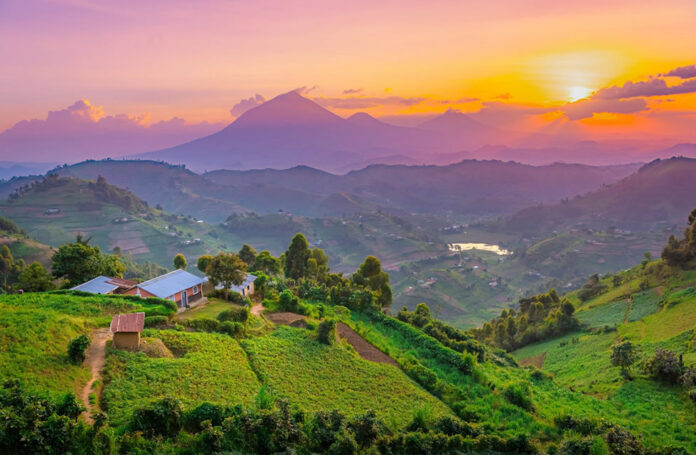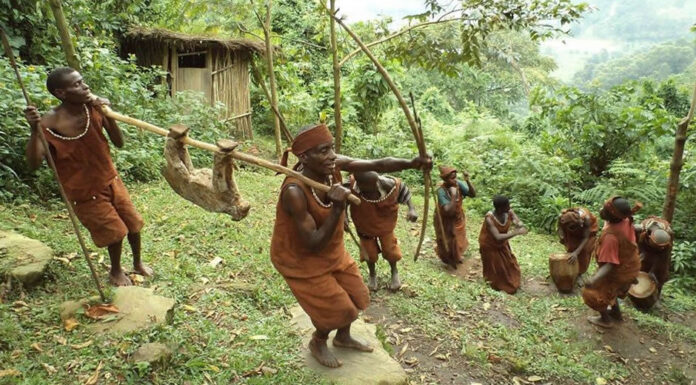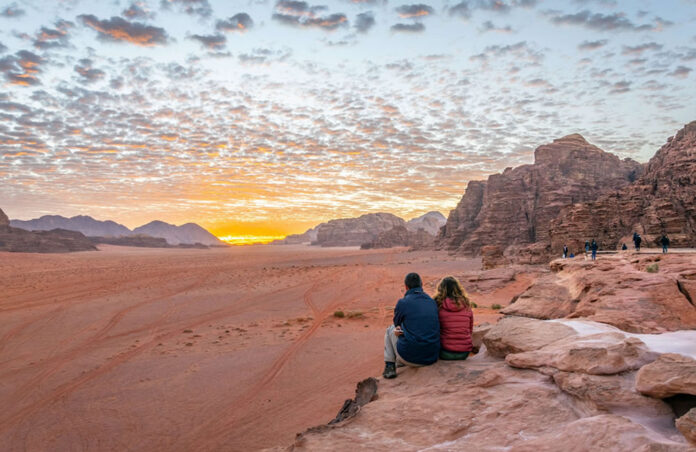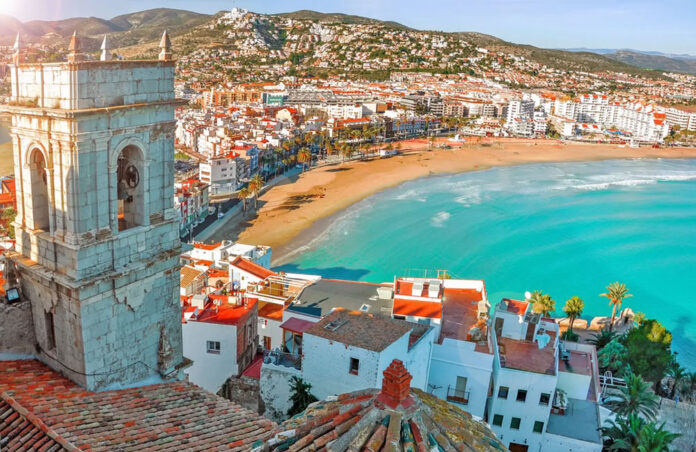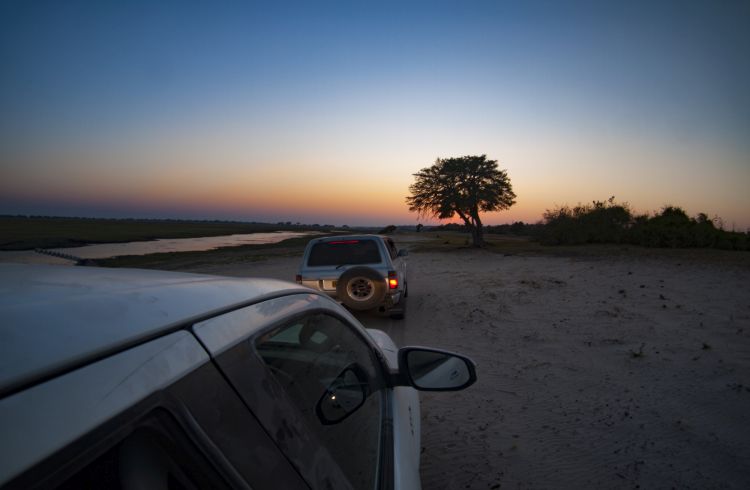On the slopes high above the town of Baena, brothers Don Paco and Don Felipe Núñez de Prado give me a grand tour of their olive groves. The pride they take in the organic cultivation of their trees is clear to see.
“The healthier the trees, the better the oil,” Paco tells me. A charming and dapper man, he heads a family business that has been producing oil for seven generations at the same mill in Baena.
He explains the care they take at every stage of growing, harvesting and pressing the olives, in order to perform the age-old alchemy of turning these small black fruit into liquid gold. This is his passion. A passion that results in Núñez de Prado producing some of the finest olive oil in the world. An oil for the best-dressed salads, for drizzling and dipping.
Baena, lying south-east of Córdoba, has long been celebrated for its olive oil. It bears one of Spain’s treasured denominación de origen labels, guaranteeing its quality. This label also covers the neighbouring villages of Zuheros, Luque and Doña Mencía – and includes oil from private mills as well as co-operatives. Spain is the world’s leading producer of olive oil, 80% of which comes from Andalucía – the biggest olive-growing region in the world. As you drive through this area, wave after wave of hillsides roll by, covered with endless rows of olive trees stretching over the hazy horizon like a giant candlewick counterpane. Poet Lorca said the hills seem “to open and close like a fan” as you pass.
Most of these groves are carpeted with bare earth, but on the sprawling Núñez de Prado estate, the ground beneath the trees grows lush green.
“Our neighbours think we’re crazy to let weeds grow,” smiles Paco. “But we’ve found everything is much better without chemicals.” He points out hares and partridges scuttling through the wildflowers.
While most farmers beat their trees with sticks or shake them with mechanical harvesters, Núñez de Prado olives are picked by hand. This protects the olives and trees from damage. “It’s important not to bruise the fruit as this causes acidity, spoiling the flavour. The best oil has low acidity,” Paco explains.
Harvesting starts in November, when the fruit ripens from purple to black. The olives are trucked to the mill to be pressed soon after picking, before fermentation begins. Most producers are happy to press within a few days; Paco starts to worry after a couple of hours.
The handsome 18th-century mill faces a shady park near the centre of Baena. The pressing process still uses time-honoured methods and antique machinery, kept gleaming and antiseptically clean. First the olives are crushed using 300-tonne granite cones – a technology that goes back to the Romans. The paste is layered between mats in a hydraulic press to produce extra virgin oil. Meanwhile “free-run” oil is allowed to drip from the paste, taking twice as many olives to yield a litre of oil. This is the Flor de Aceite, “flower of the oil”, acclaimed by connoisseurs.
After expert tasting and blending by Paco and Felipe, the oil is bottled in an amiably homespun fashion by a few people at a table, who cork the Flor bottles, seal them with red wax, and give each a number that is entered in a ledger.
After spending a morning with Paco, I am already a convert. But when he gives me a taste of the Flor, I am impressed by the complexity of aromas and flavours – fruity, floral, herby, with a peppery punch – redolent of the warm sensuality of Andalucía. It would be sacrilege to use this for cooking. I will be pouring it on my breakfast tostada or orange slices with honey.
Suitably inspired, I set off to see what else this area has to offer. My route includes several towns and villages that evoke a fascinating past; their importance during the Moorish period and subsequent centuries evident in their architecture.
In Baena, I am glad of my olive-oil boost during the steep climb up to the old part of town. On the Plaza de la Constitución is the Casa del Monte, an elegant 18th-century arcaded warehouse housing the Denominación de Origen offices and a bar serving delicious tapas. While exploring the Arab quarter, the Almedina clustered over the summit of the hill, I come across a group of girls and boys with drums, practising for a religious procession. One tells me I should visit Baena at Easter, when hundreds of drummers compete to make the most noise. “It’s like the streets are exploding,” he declares.
South of Baena the road winds up into the craggy limestone hills of the Sierra Subbética Natural Park, with its weather-sculpted outcrops and deep gorges. Perched theatrically on rocks above the villages of Luque and Zuheros are the ruins of their Moorish castles, ragged outlines silhouetted against a dazzling sky. This region was once frontier country between Moorish and Catholic Spain, so hilltop castles are almost obligatory. The Moors often built on Roman fortifications; just as churches were erected over mosques.
Of all the area’s pueblos blancos, Zuheros is the most enchanting. A picture-book village, its sparkling white houses hug the precipitous sides of a gorge, and the maze of narrow streets climb up to the square beside the castle. I recover my breath at the café on the square, taking in the sweeping views. The café’s patron, who is as round as the barrels in his bar, tells me Zuheros is ‘famoso’ for its goats’ cheese – which can be bought at the nearby factory. As evening approaches, the locals gather here to chat and watch the world go by, while children play around the fountain. Although Zuheros is popular with walkers and painters, I see no visitors to break the Andalucían spell.
Next stop is Cabra, a town with old-fashioned appeal. Rugged peaks rise to the east, one of which is crowned by a hermitage, the Sanctuario de la Virgen de la Sierra. At over 1200m, this eagle-eye vantage point is known as the Balcony of Andalucía, giving awesome panoramas from the Guadalquivir valley in the west to the Sierra Nevada mountains in the east. It is said to lie at the very centre of Andalucía.
My visit coincides with a gypsy fiesta, the annual Romería Nacional de Gitanos, a “pilgrimage” that – as so often in Spain – combines religious fervour with an excuse for a party. Crowds gather under the trees at the top of the hill, some primped up for the occasion, others dressed down to suit the sweltering heat. Soon flamenco songs ring out from different family groups, accompanied by rhythmic hand-clapping, appreciative shouts, even drumming on a cool-box. Individuals take turns to perfom a dance, with everyone from elderly men to small girls joining in – it’s the older women who strut their stuff the best.
After a stage performance of flamenco guitar, everyone jostles into a procession behind the jewel-encrusted image of the Virgin, which is carried inside the chapel. Bells ring, incense burns, and the aisle erupts in a frenzy of singing and clapping.
Outside it is time to refuel with paella, being cooked up in several giant pans. “Here, you must eat,” smiles a plump, dark-eyed girl called Dolores, giving me a scalding plateful. “Good?” she asks. Definitely.
The afternoon drifts by, with more singing and clapping under the trees. At one point I am even persuaded to take a turn at dancing. The relaxed and friendly atmosphere is typical of Andalucía.
My route ends with a flourish in Priego de Córdoba, a gem of a town. Its wealth as a silk-production centre in the 18th century was poured into a froth of Baroque churches and mansions. Now high-quality olive oil is its mainstay, with its own denominación de origen seal.
The old part of town is dramatically built along the cliff-edge of an escarpment, and it’s like stepping into a different world when I enter the medieval quarter. The Barrio de la Villa is a knot of tranquil cobbled alleys where the blindingly white walls and balconies are festooned with scarlet and pink geraniums. I emerge onto the Paseo del Adarve, a promenade along the top of the cliff, where I watch the evening sun gild the splendid Subbética countryside and its rolling olive groves.
A young man on the bench beside me starts chatting. “Olives are more than a crop,” he says, “they are a way of life to us.” Paco Núñez de Prado would agree. Olive oil is the lifeblood of Andalucía.
Tourist offices have details of mills (almazaras) open to visitors.
Baena has an olive fiesta in November. Romería Nacional de Gitanos is in June.

